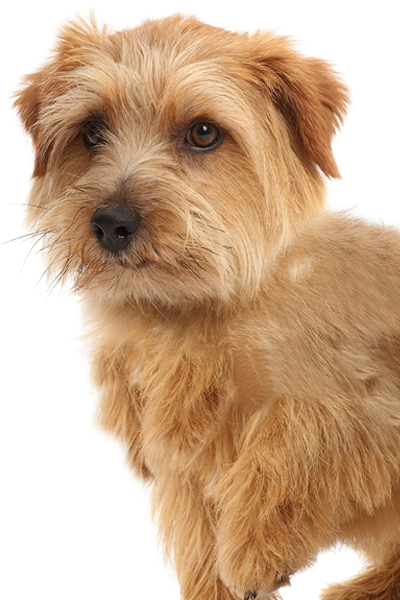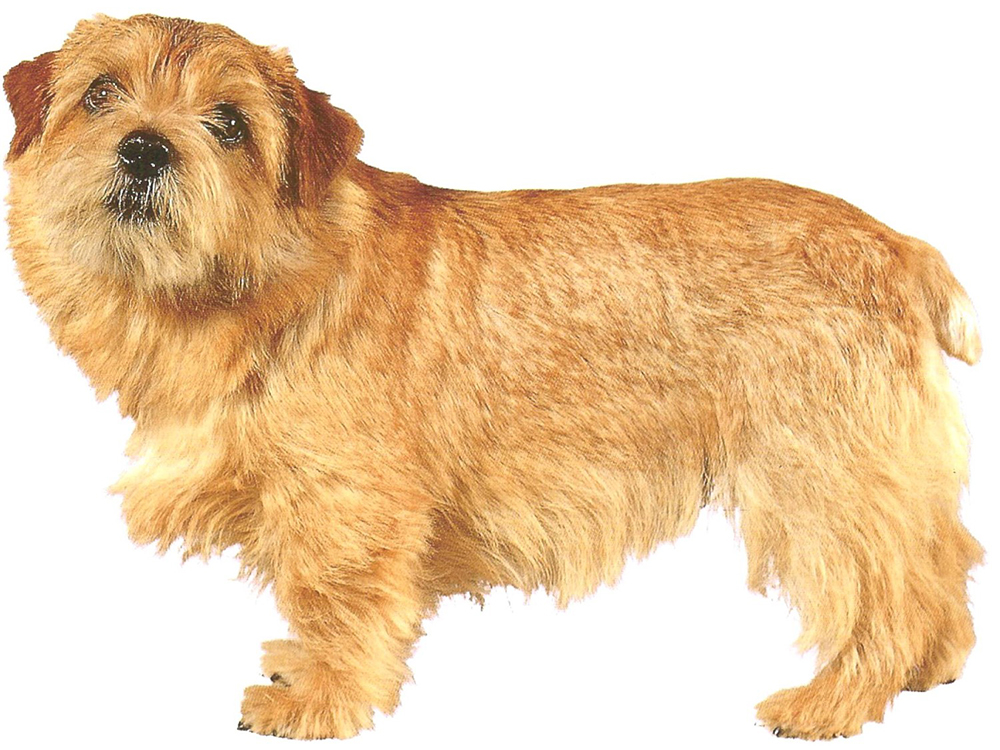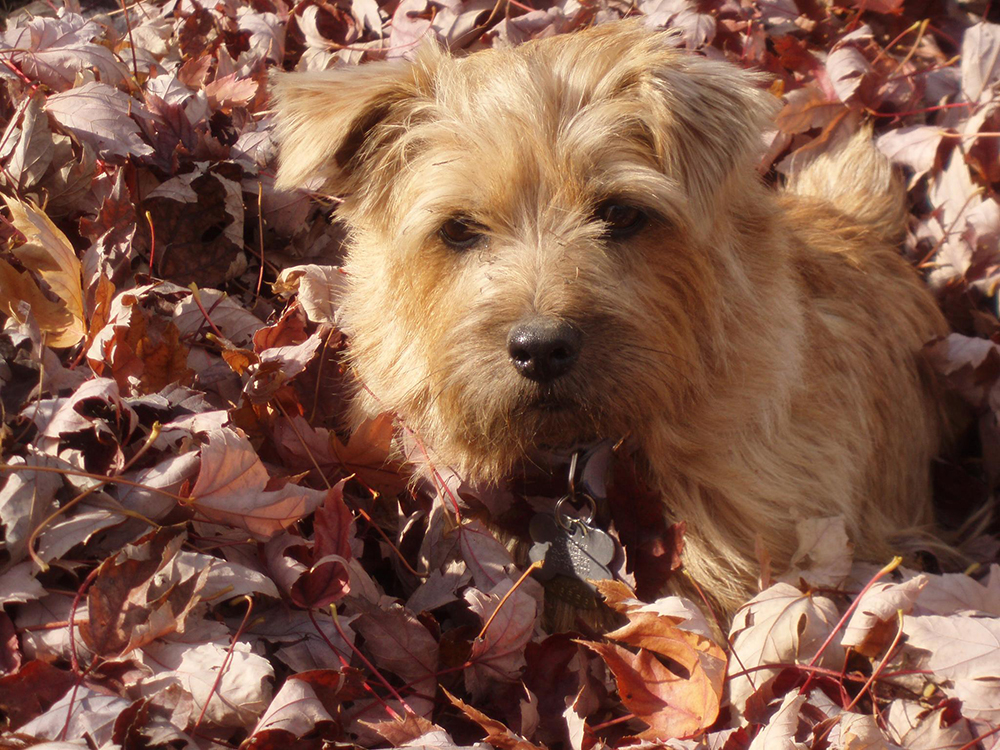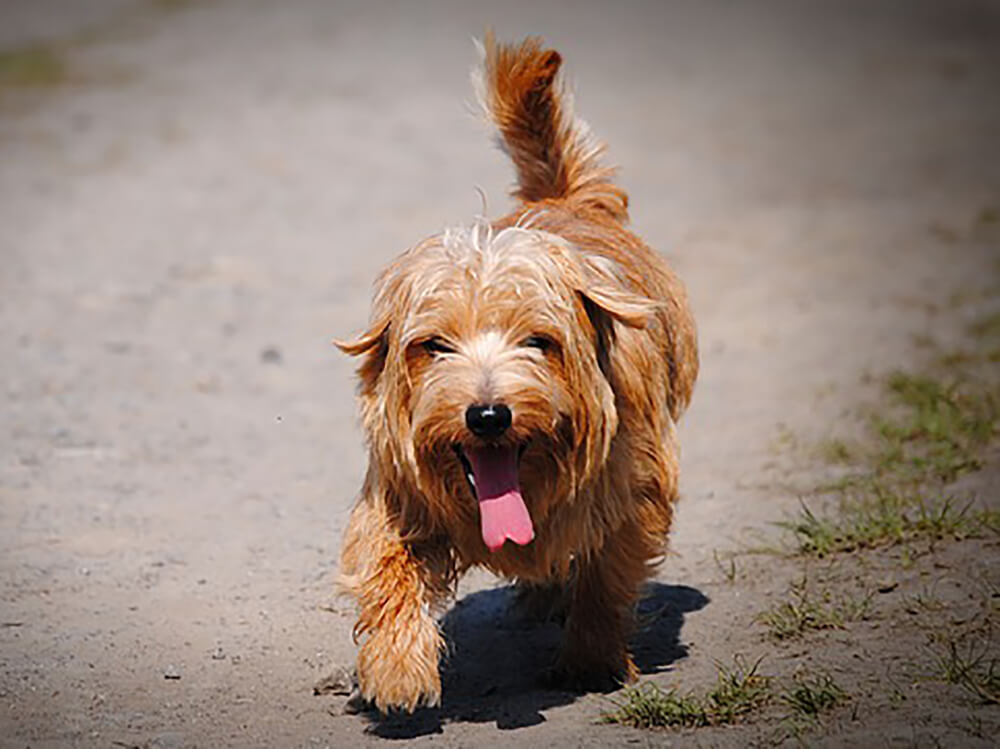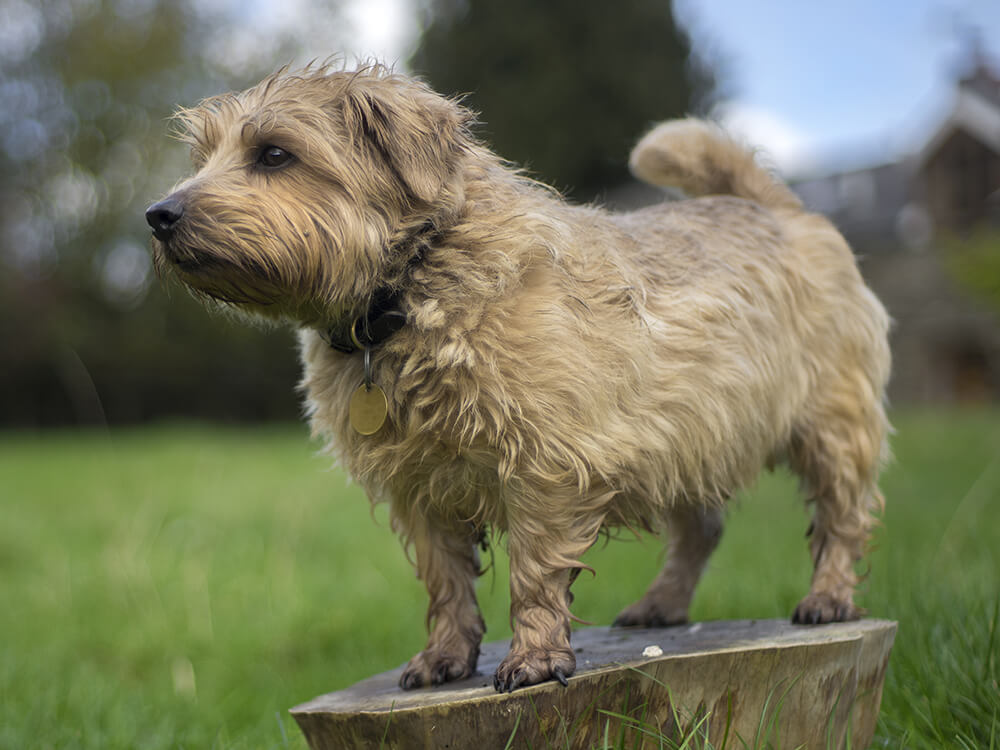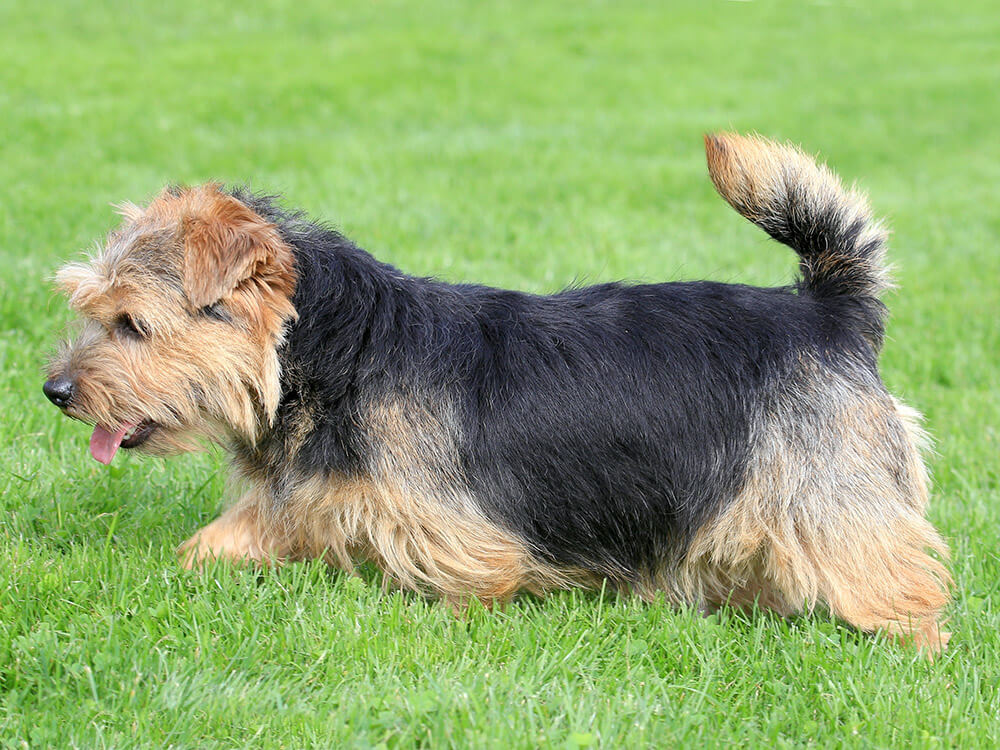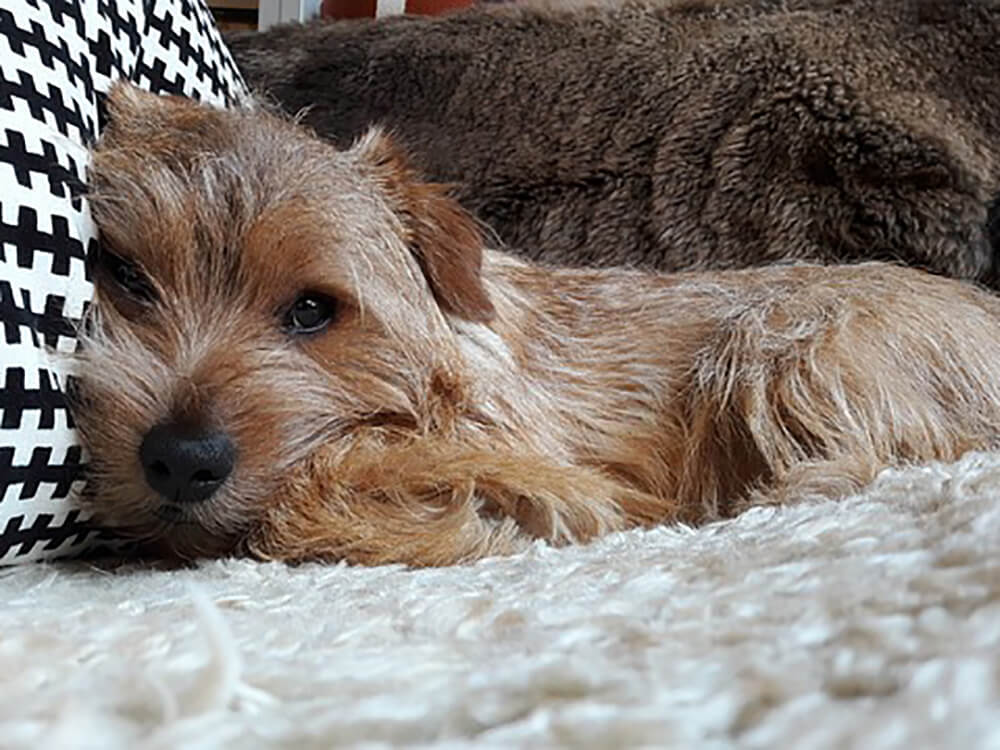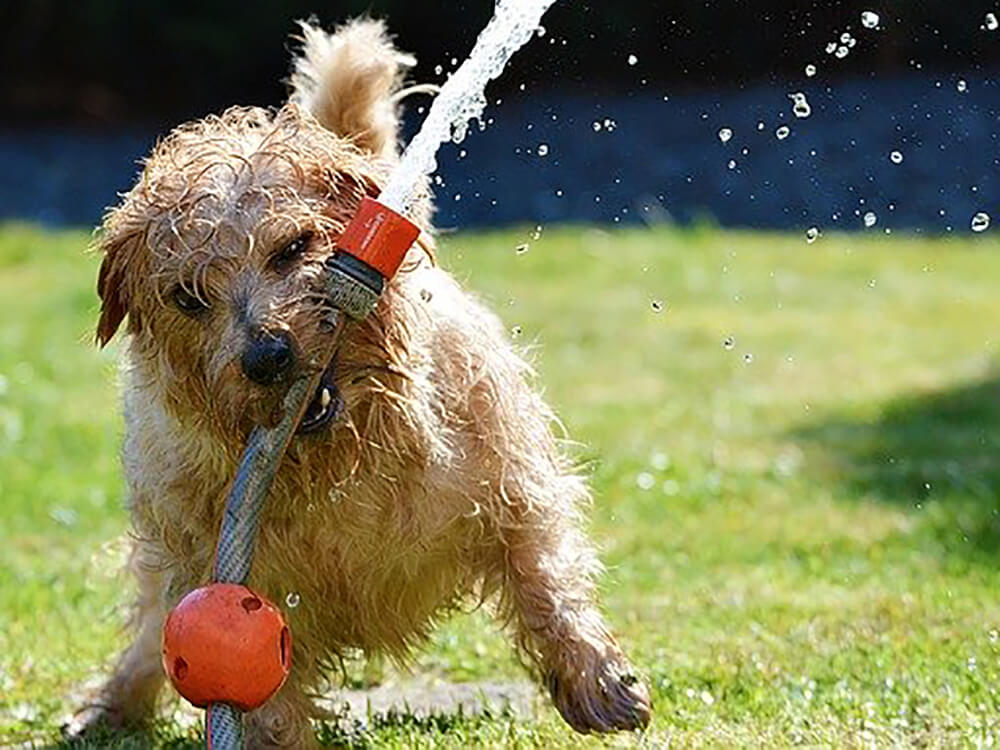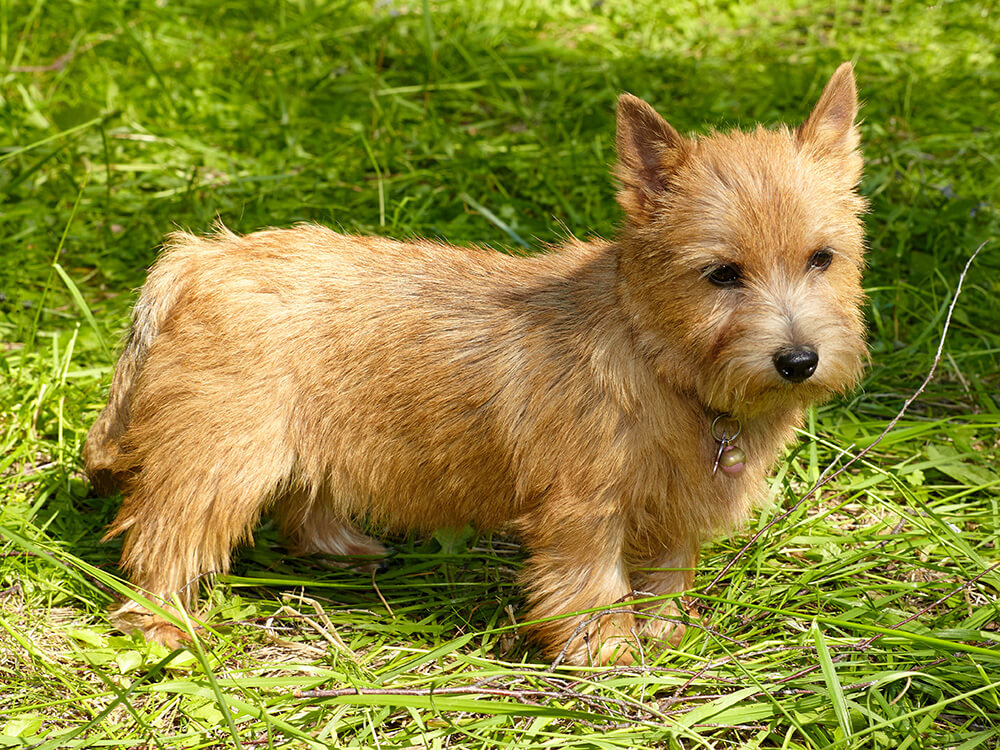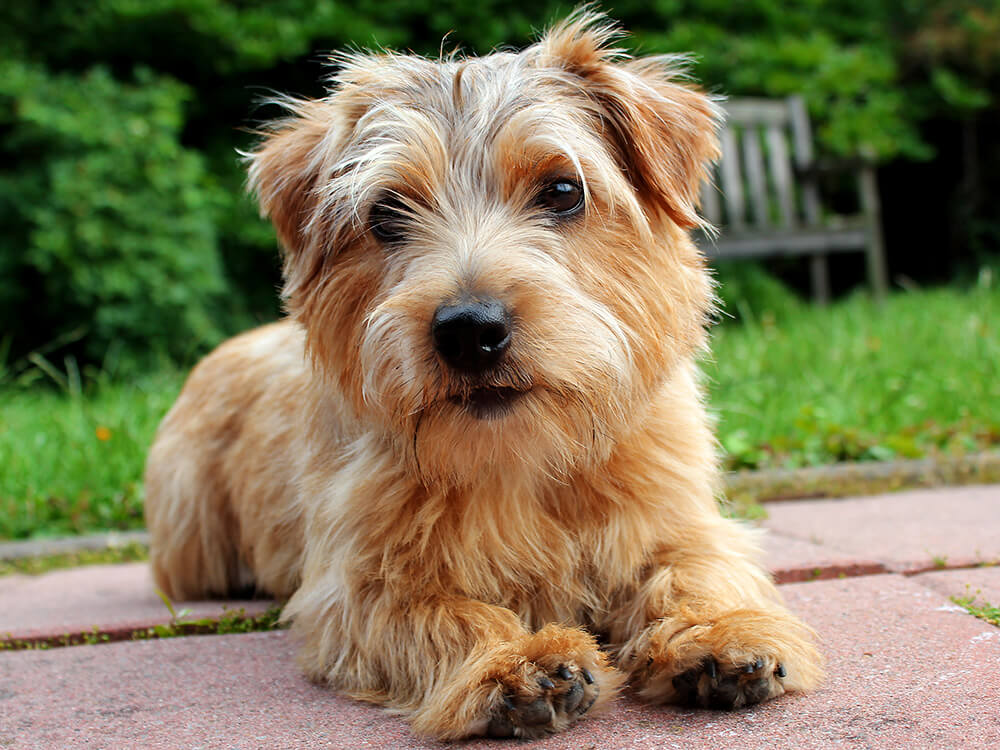
Norfolk Terrier Breed Pictures
Vital Breed Stats
| Height: | 20 - 25 cm M | 20 - 25 cm F |
| Weight: | 4 - 6 kg M | 4 - 6 kg F |
| Breed Group: | Working Dog Group |
| Life Expectancy: | 13 - 15 years |
| KC Registered: | No |
Breed Characteristics
| Size: |  |
| Grooming: |  |
| Exercise Level: |  |
| Trainability: |  |
| Barking Level: |  |
| Good with Children: |  |
| Good with other pets: |  |
| Affectionate: |  |
| Protective: |  |
| Cost to Keep: |  |
Give a thumbs up if you love the Norfolk Terrier

0
More About the Breed
History
The Norfolk Terrier was bred in the 1880s by British sportsmen in England's East Anglia (home of Cambridge University) as the drop-eared version of the Norwich Terrier. The Norfolk is a result of crossing local terrier dogs, Norwich Terriers, Irish Terriers, and small red terriers.
Norfolk Terriers (or the drop-eared Norwich) were called several names. They were named Cantab Terriers when they became trendy for Cambridge students kept them in their rooms. Later, they were called the Trumpington Terrier, named after the Trumpington Street where Norfolk Terriers were further developed in stables.
The Norwich was recognised and accepted by the English Kennel Club in 1932. It was only in 1964 that The Kennel Club officially separated the Norfolk Terriers (drop-eared) and the Norwich Terriers (pricked-eared) as two distinct breeds. Both breeds have a remarkable resemblance that dog fanciers use simple tricks to differentiate the breeds. However, after many generations of breeding, they became distinct both in looks and temperament. The two breeds make the magnificent house and travelling companions as well as excellent contenders in the show rings.
Appearance
The Norfolk Terrier is a small compact dog with an average weight of 11 to 12 pounds. Its body is slightly longer than tall with an average height of 23 to 25 centimetres. It has a muzzle that resembles a fox with well-defined whiskers, rounded dropped ears, dark eyes that are oval-shaped, and topped with bushy eyebrows. Norfolk Terriers also have short legs and high-set, docked tails.
Norfolk Terries have a harsh and wiry coat. They come in different colours including red, wheaten, black and tan, or grizzle. The whiskers, eyebrows, ears, neck, and throat have longer and thicker hair compared to the rest of the body.
Grooming
Grooming-wise, they are moderately high maintenance with their coats needing to be brushed several times a week to prevent matts and knots from forming. Most owners would hire a professional groomer to hand strip the Norfolk Terrier at least 2 to 3 times a year. Shedding is also an issue since they shed all throughout the year especially during spring and autumn, which means frequent grooming is compulsory.
On top of the necessary coat care, other basic dog grooming is also required. It's important to check the Norfolks ears for excess wax that may potentially lead to infection. Clean the ears with a moist cotton ball using a dog ear solution. Brush the teeth at least twice a week to avoid periodontal disease and bad breath. Also, long nails must regularly be trimmed, so they don’t cause discomfort.
Temperament
The friendly Norfolk loves people and thrives in human contact. It is sociable with everyone it meets and loves to be the centre of attention. The Norfolk Terrier’s affectionate and easy-going nature coupled with its small size make for a suitable companion for families. It is curious and watchful, making it an effective watchdog. Like most terriers, it can become a bit yappy when bored.
This type of dog breed also likes to be around children and the elderly. However, Norfolk Terriers are more suited to homes with older children who know how to behave around them. In homes where there are small children, strict supervision must be imposed. They get along well with most pets except for birds, rabbits and rodents, since they can't help but see them as prey.
Intelligence
Nutrition
Typical daily calorie needs of an adult Norfolk terrier that weighs 12 pounds:
- Senior and less active: up to 400 calories daily
- Typical adults: up to 450 calories daily
- Physically active/working dogs: up to 500 calories daily
Feeding
Health
Exercise
Cost of Ownership
The cost to own a dog throughout its lifetime can put pet owners out of thousands of pounds. Simply put, when you buy Norfolk Terrier or any dog breed, it is bound to be costly. Dog ownership does not end in making the initial purchase and buying dog food. In fact, that is only the beginning. Let us help you do the math, so it'll be easier for you to decide whether you can afford to own a dog such as a Norfolk Terrier.
- Norfolk Terrier puppy will cost around £600 to £1,100 or more if it comes from a reputable breeder.
- Finding an affordable pet insurance will be tricky since the premium cost will depend on your location and the dog's health and age. Nevertheless, an estimate of £10 to £40 a month is what it will likely cost.
- Since the Norfolk Terrier will need a dog food formulated for small dogs, it may not cost much, which does not go above £30 a month.
- Veterinary care makes up a majority of the cost which is around £800 a year.
- Included in the expense is the cost to purchase dog supplies, which is around £200.
Is a Norfolk Terrier Right for You?
- The Norfolk Terrier loves people and thrives on human contact.
- It is curious and watchful, making it an effective watchdog.
- This dog breed also likes to be around children and the elderly.
- Grooming-wise, it is moderately high maintenance.
- It gets along well with most pets except for birds and rabbits.
- It needs a moderate amount of exercise to be happy and healthy.
